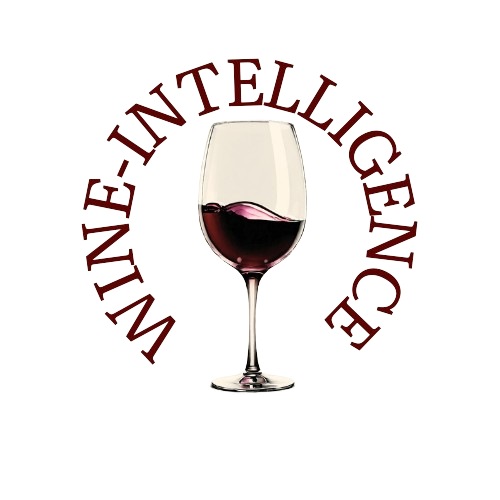While the overall volume of wine consumed in the US has entered a structural decline, the intricacies of this shift are far more complex than they may appear at first glance.
A detailed analysis of consumption trends, based on data from IWSR US Navigator, reveals significant variations in wine consumption patterns across different states, price tiers, and seasons. This level of granularity offers valuable insights for wine producers looking to fine-tune their strategies for the US market.
State-Level Variations in Wine Consumption
New York State continues to stand out as a prime target for wine producers. The state's wine consumption significantly exceeds the national average, with a Consumption Index of approximately 113. This means that New York residents consume 13% more wine than the national average, making it a key market for wineries both domestically and internationally.
However, neighboring states tell a different story. Pennsylvania and Ohio, two states geographically close to New York, underperform in wine consumption, with indices of 75 and 68, respectively. Residents of Pennsylvania drink 25% less wine than the national average, while Ohioans consume 32% less. These discrepancies highlight the importance of targeted marketing and distribution strategies.
According to Marten Lodewijks, President of the US Division at IWSR, this disparity is not surprising. "Wine producers should continue to prioritize markets like New York, but the real opportunities emerge when we analyze these trends by price tier and seasonality," Lodewijks explains. "This deeper analysis can surface overlooked growth prospects in states that initially seem less appealing."
The Price Tier Puzzle
Digging deeper into the data reveals fascinating distinctions between price tiers across states. New York's wine consumption is heavily skewed toward the Standard price tier, with a Consumption Index of 168—meaning it over-indexes by 68% in this category. However, New York underperforms in the Premium wine category, with an index of only 80. This suggests that while overall wine consumption in New York is high, Premium wines have less market penetration.
Conversely, Ohio sees a notable shift in consumer behavior at the Premium level. While its overall wine consumption index is only 68, the Premium wine index jumps to 87, indicating that Ohioans are more willing to spend on higher-quality wines. In Pennsylvania, the situation is even more intriguing. While the state under-indexes in overall wine consumption, it significantly over-indexes in Ultra-Premium wines, with an impressive 155 index. This indicates a strong appetite for luxury wines in a market that might otherwise seem less attractive.
These variations have significant implications for wine producers. Premium wines accounted for 39% of Ohio’s total wine market in 2023, compared to just 22% in New York. As a result, even though Ohio’s total wine market is only 35% the size of New York’s, its Premium wine market is 64% the size of New York’s Premium market. This makes Ohio a compelling opportunity for premium wine producers, who might otherwise overlook the state due to its lower overall wine consumption.
The Impact of Seasonality on Wine Sales
Seasonality further complicates the picture. In New York, Premium wine consumption follows the same seasonal trends as Standard wine. During peak periods, such as the holiday season, both categories see proportional increases in sales. This means Premium wines do not gain market share during high-consumption times, maintaining a steady relationship with Standard wines throughout the year.
In Ohio, however, Premium wine outperforms Standard wine during the critical holiday months of November and December. This surge in Premium wine sales, particularly during the holiday season, suggests that Ohio’s consumers are willing to trade up during key celebratory periods. Pennsylvania exhibits an even more pronounced effect at the Super-Premium level, where higher-end wines outperform Premium wines during the holiday season, albeit from a smaller base.
Strategic Implications for Wine Producers
Understanding these nuanced trends is essential for wine producers seeking to maximize their market presence in the US. Lodewijks emphasizes that many opportunities can be overlooked if producers only consider top-level data. "Some states may not initially seem attractive based on overall consumption figures, but when we analyze price tier performance and seasonality, unexpected opportunities emerge," he explains. "These insights can help producers allocate resources more effectively and plan for peak sales periods, ensuring maximum returns."
By focusing on these granular insights—state-level variations, price tier segmentation, and the influence of seasonality—wine producers can unlock hidden growth opportunities in the US market. Markets like Ohio and Pennsylvania, which may initially seem less appealing due to their lower overall consumption, could prove to be lucrative targets for Premium and Ultra-Premium wine producers. Similarly, New York remains a key market, but producers may need to adjust their strategies to penetrate the higher-end wine segment more effectively.
In an industry facing structural decline, these nuanced trends offer a roadmap for producers to navigate the complexities of the US wine market and drive sustainable growth.
Source: IWSR US Navigator

